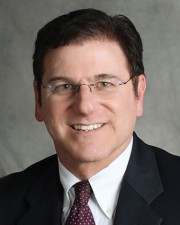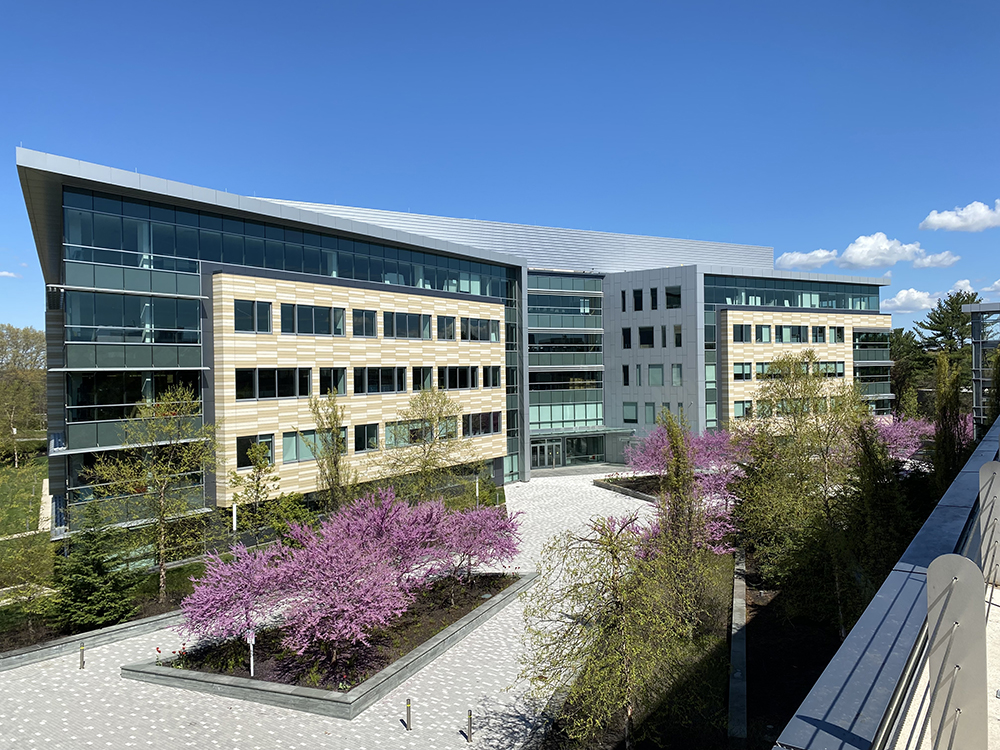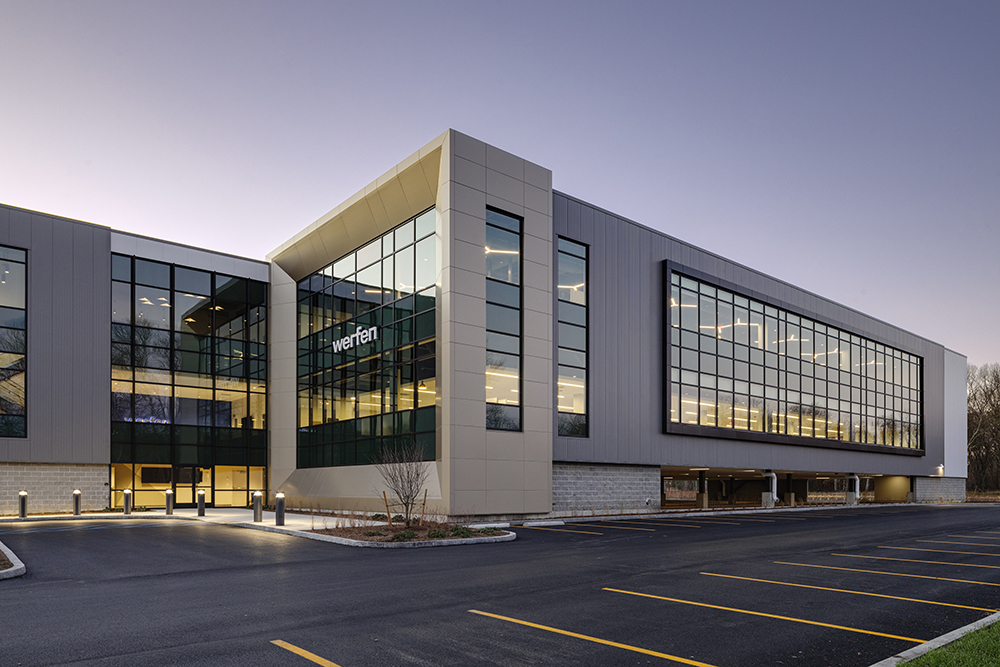News: Front Section
Posted: February 18, 2009
Forecast of more wind bodes well for New England
Days before his inauguration, President Obama visits a wind turbine manufacturing plant in Ohio. Among his last significant acts, President Bush releases the Final Environmental Impact Statement recommending approval of the Cape Wind Project. As part of a new initiative called Commonwealth Wind, Mass. governor Patrick announces the goal of generating 2,000 MW of home grown wind energy by 2020. These recent actions signal a robust future for the development of the wind energy industry in New England. Many local advocates say it's about time.
The U.S. Wind Industry just completed a record year with the installation of 8,358 MW of wind in 2008, a 50% increase in the total national output. While wind still only accounts for about 1.5% of the country's total electricity production, it represented 42% of new generation that came online in 2008. Furthermore, the U.S. recently surpassed Germany as the world leader in wind electricity generation and total installed capacity. The irony is that progressive N.E. is lagging well behind other parts of the nation in wind energy development. Texas and Iowa overcame long-time national leader California this past year to become the top two states in wind energy generating capacity with upstarts Minnesota and Washington not far behind.
In N.E., Maine is the leader with 104 MW installed, which more than doubled its capacity last month when Newton, Mass.-based First Wind's 57 MW Stetson Project commenced operation. Patriot Renewables of Quincy, Mass. constructed a 4.5 MW Project in Freedom, Maine in the fall. Another large important project, the 24 MW Lempster Project in the Sunapee Region of N.H. owned by the Spanish multinational Iberdrola Renewables, began producing electricity in November. These recent successes have encouraged new proposals in Maine and N.H., which politicians see as an important component of economic development in rural northern regions. Meanwhile, projects of similar size proposed in Mass. and Vermont have been dogged by local opposition which have effectively employed the legal system to stall projects and discourage developers. R.I. and Conn. lack the high land elevations that make wind projects economically viable elsewhere in the region.
Unlike Europe, which has about 1,500 MW of wind generation from offshore farms, all of the wind energy produced in the U.S., totaling 25,170 MW, comes from land-based installations. However, N.E. may hold what some have termed the Saudi Arabia of wind offshore. The Cape Wind Project (at 450 MW) proposed for Nantucket Sound is anticipated to be the first in a series of larger wind projects that couldn't find sufficient land space in N.E. but could be located in the relatively shallow waters offshore. R.I. has recently reached an agreement with N.J.-based Deepwater Wind to develop 150 MW of wind off its shores. Another company, Bluewater Wind, has been selected to develop 200 MW of wind off of Delaware and is also actively trolling for sites off Southern New England. These projects seek to capitalize on the strengths of offshore wind including a strong and consistent wind resource, more space for siting, and close relative proximity to the major cities of the eastern U.S. which suffer from electricity transmission congestion and high prices.
Forthcoming federal rules for approving alternative energy generation projects in federal water between 3 and 200 miles from shore will have significant implications for future wind development efforts. The program, similar to one that has governed offshore oil and gas extractions, will set up a leasing process giving developers certainty over its development activities on federal lands (and waters), while also enabling the federal government to earn royalty payments for use of that land. The final rule for the program is expected to be released within months if not weeks and it is likely to generate a flood of lease applications from prospective developers. At the same time, states including Mass. and R.I. are enacting ocean zoning which would designate acceptable locations in waters between land and 3 miles out for wind development.
The current and near-term economic problems of the country have brought widespread concern for the future of clean energy development. The uncertainty of global warming looms as a game changer for our children. Yet these challenges also represent extraordinary opportunities as well. Investing in our domestic industries will kick start the stabilization and transformation of our energy world while in turn promoting short-term construction job growth and a long-term energy operation and management economy. In New England, in the not too far distant future, the wind will be at our back.
Stephen Barrett is Director at BlueWave Strategies, a Boston-based firm supporting the development of renewable energy projects.
Tags:
Front Section
MORE FROM Front Section
Newmark negotiates sale of 10 Liberty Sq. and 12 Post Office Sq.
Boston, MA Newmark has completed the sale of 10 Liberty Sq. and 12 Post Office Sq. Newmark co-head of U.S. Capital Markets Robert Griffin and Boston Capital Markets executive vice chairman Edward Maher, vice chairman Matthew Pullen, executive managing director James Tribble,
Columns and Thought Leadership

Five ways to ruin a Section 1031 Like-Kind Exchange - by Bill Lopriore
While there is some flexibility when structuring a like-kind exchange, some important requirements must be met. A mistake can ruin your exchange. Here are five mistakes to avoid:

Make PR pop by highlighting unique angles - by Stanley Hurwitz
Coming out of the pandemic, a client with three hotels in Provincetown, Mass., needed ways to let the world know his properties were open for business for the 2021 tourist season.

How COVID-19 has impacted office leasing - by Noble Allen and John Sokul
To say that the effects of COVID-19 has transformed office leasing is an understatement. When COVID-19 was at its peak, office spaces were practically abandoned either through governmental mandates or through actions taken by businesses themselves.

Four tips for a smooth 1031 Exchange - by Bill Lopriore
Many real estate investors do not understand the specific requirements that must be met to secure the benefits of a tax-deferred 1031 exchange. For example, the replacement property must be identified within 45 days of the closing date of the relinquished property.







.png)
